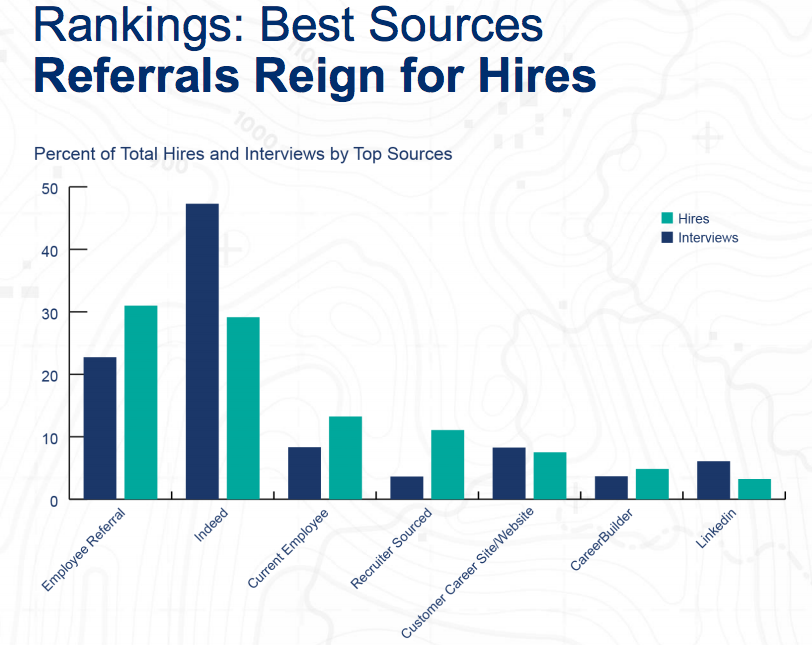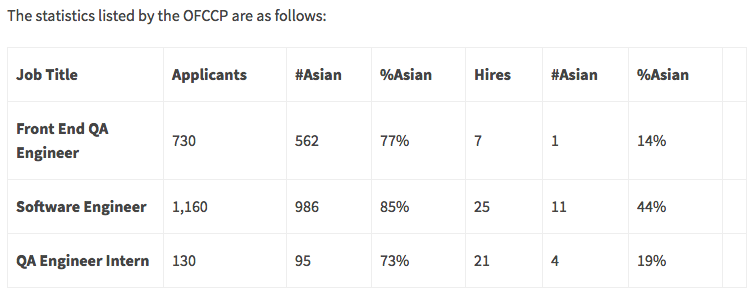Silkroad released their annual Sources of Hire 2017 report and I always love looking at big sets of data around the source of hire because I think the vast majority of organizations are misallocating their talent acquisition resources in a big way, and this data just gives me more evidence to point to!
Check out this chart:
So, it looks like Employee Referrals remain king! That doesn’t surprise anyone, what should be surprising are two items from this list:
1. Organizations are wasting more time on Indeed than any other place. 2nd place of a waste of time is LinkedIn. What? If the vast majority of your interviews are coming from Indeed, but a much smaller percentage of your hires are coming from Indeed, you have a misallocation of resources. LinkedIn has the same thing happening but from a much smaller overall number.
2. CareerBuilder is exponentially a better overall value than LinkedIn, but when I ask most companies to give me their #1 spend LinkedIn is almost always their largest single purchase when it comes to the source of hire, even though it’s #7 overall.
So, what does this data tell us?
First, if you are not investing in automating and increasing your employee referral program, you should probably not hold a TA leadership position at any company in the world. I find most organizations spend the least amount of money ‘marketing’ and ‘automating’ their referral program than any other single source they have. Yet, it’s their number one source and their number one quality of hire source.
Second, Indeed does drive a ton of traffic, and for many companies that’s organic (free) traffic, so you can’t beat that. It’ll be nice to see if Google Jobs changes all of this when it’s fully live. You should see a traffic shift from Indeed to Google as a source of hire. But, this doesn’t mean Indeed will go away. Just like the job boards, people will find value and talent at Indeed.
Third, if you’re single biggest spend is on LinkedIn, yet, it’s not your single biggest source of hire, you’re being taken. By whom? Most likely your recruiting team who claims LinkedIn is awesome when it’s really not that awesome, for you. If your hires per source and cost per hire per source work out that LinkedIn is number one for you, great! Spend more! This data shows it probably won’t.
Lastly, you should be striving to make your sources and interviews be fairly equal if possible. If you’re interviewing a ton from a source because you get great traffic, but you don’t make many hires, it’s a greater waste of time than those sources where you get a high interview to hire ratio.
One final cool stat:
3:1
14 Million applicants, 655,000 interviews. This data tells us what the magic number is that we already all know, it takes three interviews to make one hire.
Feels right, doesn’t it?


